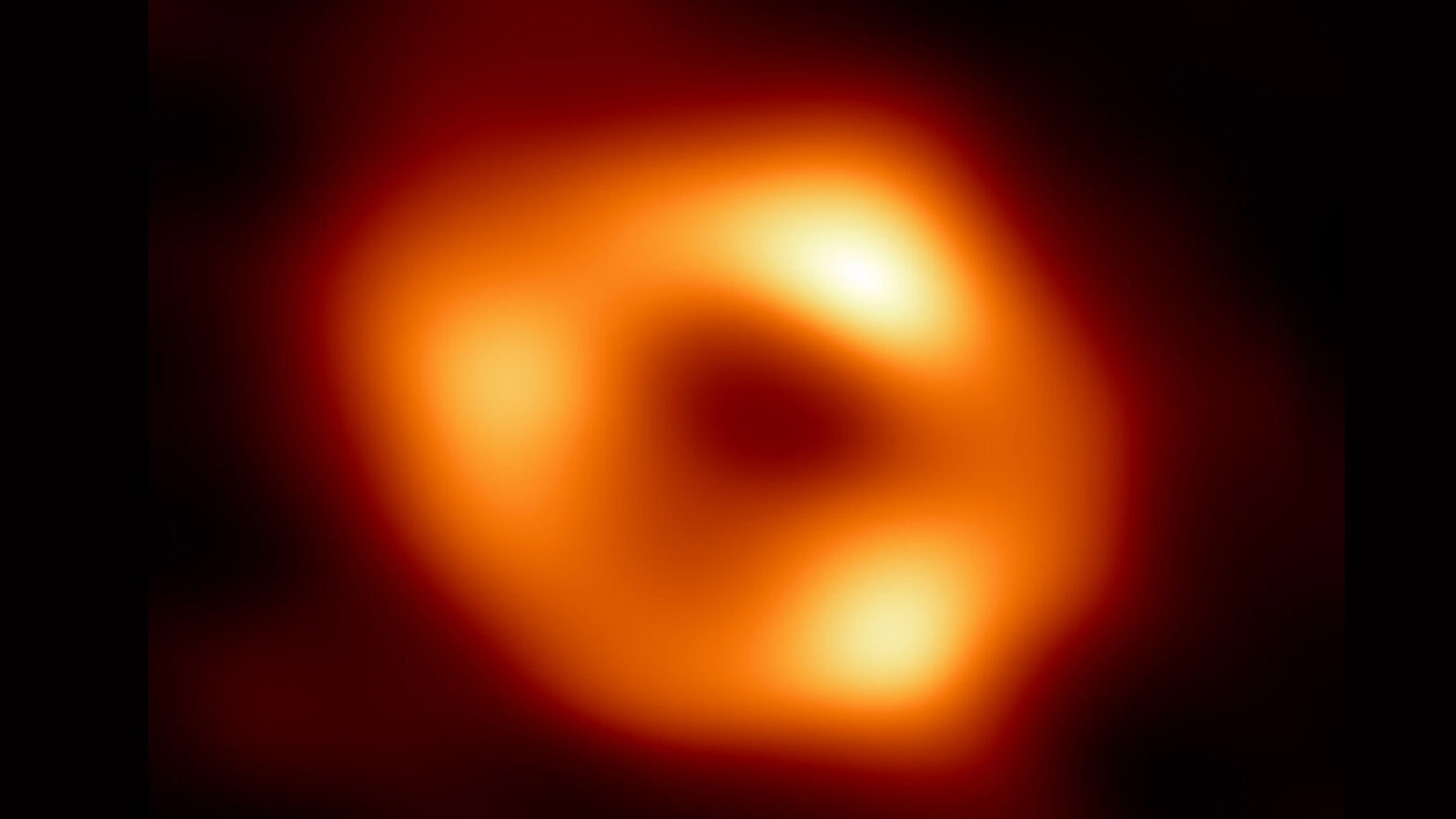Hitch a ride to space (and back) on a SpaceX Falcon 9 in this awesome video
Falcon 9 made a rare onshore landing following its historic launch on Aug. 30.
SpaceX has unveiled a stunning new video that gives a rocket's-eye view of the launch and landing of its recent SAOCOM-1B mission, which lofted an Argentinean satellite into orbit on Aug. 30.
The star of the mission (and the incredible video) is a Falcon 9 first stage booster that SpaceX calls B1059.5. It's the latest booster in the private spaceflight company's fleet of veteran rockets, to launch and land five times.
In the video, the booster is seen leaping off of its launch pad at Space Launch Complex 40 at Cape Canaveral Space Force Station, conducting an aerial somersault and then landing gently at its designated landing pad. SpaceX released the video on YouTube on Wednesday (Sept. 9).
Related: See the evolution of SpaceX's rockets in pictures
The main payload on the frequent flier was the SAOCOM-1B Earth-observing satellite built for Argentina's space agency, the Comisión Nacional de Actividades Espaciales (CONAE). The sophisticated radar imager flew into orbit along with two smaller satellites.
The mission marked the first time a satellite launched into a polar-orbiting trajectory from Florida since the 1960s. Typically, this type of mission launches from the West Coast because the rocket would have a clear path north or south, without having to avoid flying over populated areas. (That's because debris from a Thor rocket reportedly killed a cow in Cuba in 1969, resulting in a launch venue change for polar missions.)
The launch also included an onboard camera that captured stunning footage of the rocket as it blasted off and then returned to Earth. The footage is sped up significantly, packing the whole process into just two minutes of incredible footage.
Breaking space news, the latest updates on rocket launches, skywatching events and more!
In the video, you can hear the roar of Falcon 9's nine Merlin engines as the rocket climbs to space, followed by bursts from its onboard thrusters. Viewers are even treated to a stunning display of pyrotechnics as the rocket fires up one of its engines during a series of planned burns to slow its descent enough to land.
To date, SpaceX has recovered 18 Falcon 9 first stage boosters on land at Cape Canaveral, and additional 42 boosters on floating platforms at sea. With 16 missions under its belt so far this year, SpaceX is gearing up for yet another Starlink mission. The 13th Starlink mission is estimated to launch sometime next week, and will deliver a new batch of the company’s own internet-beaming satellites into orbit.
Follow Amy Thompson on Twitter @astrogingersnap. Follow us on Twitter @Spacedotcom or Facebook.

Amy Thompson is a Florida-based space and science journalist, who joined Space.com as a contributing writer in 2015. She's passionate about all things space and is a huge science and science-fiction geek. Star Wars is her favorite fandom, with that sassy little droid, R2D2 being her favorite. She studied science at the University of Florida, earning a degree in microbiology. Her work has also been published in Newsweek, VICE, Smithsonian, and many more. Now she chases rockets, writing about launches, commercial space, space station science, and everything in between.

